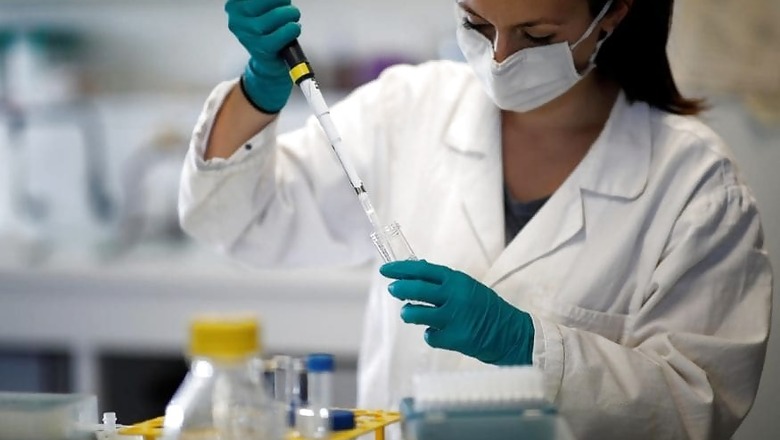
views
Scientists have analysed the presence throughout the human body of a protein which the novel coronavirus uses to enter host cells, and have found that it is produced only at “very low levels, if at all,” in the respiratory system, an advance which highlights the need for further studies to reassess the biological mechanisms responsible for COVID-19.
The study, published in the journal Molecular Systems Biology, presented a systematic evaluation of the production of ACE2 — the ‘coronavirus entry gate’ protein — in more than 150 cell types in the human body.
It noted that the protein expression was consistently high in the intestines, kidney, gallbladder, heart, male reproductive organs, placenta, eye and vascular tissues, while it was limited in the respiratory system.
“Previous studies have indicated that ACE2 protein is highly expressed in the human lung. But these expression profiles have not been reliably presented along with tissues and organs from the entire human body, or based on several different datasets,” said study senior author Cecilia Lindskog from Uppsala University in Sweden.
“Here, in contrast to previous studies, we were able to confidently show that no ACE2 protein is present, or that it occurs at only very low levels, in the normal respiratory system,” Lindskog said.
Earlier studies had suggested that the novel coronavirus SARS-CoV-2 employs ACE2 for host cell entry, and that penetration of the virus via this receptor would explain the severe clinical manifestations observed in various tissues and organs, including the respiratory system.
“Considering the clinical manifestations of COVID-19, with acute respiratory distress syndrome and extensive damage to the lung parenchyma, the results highlight the need for further study of the biological mechanisms responsible for COVID-19 infection and disease progression,” Lindskog said.
“Further studies addressing the dynamic regulation of ACE2, and to confirm whether the low ACE2 expression in the human respiratory system is sufficient for SARS-CoV-2 infection, or whether other factors are needed for host cell entry, are urgently needed,” she added.















Comments
0 comment